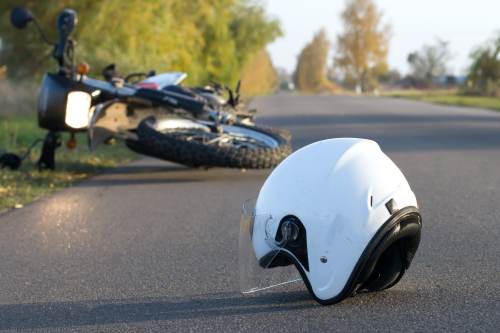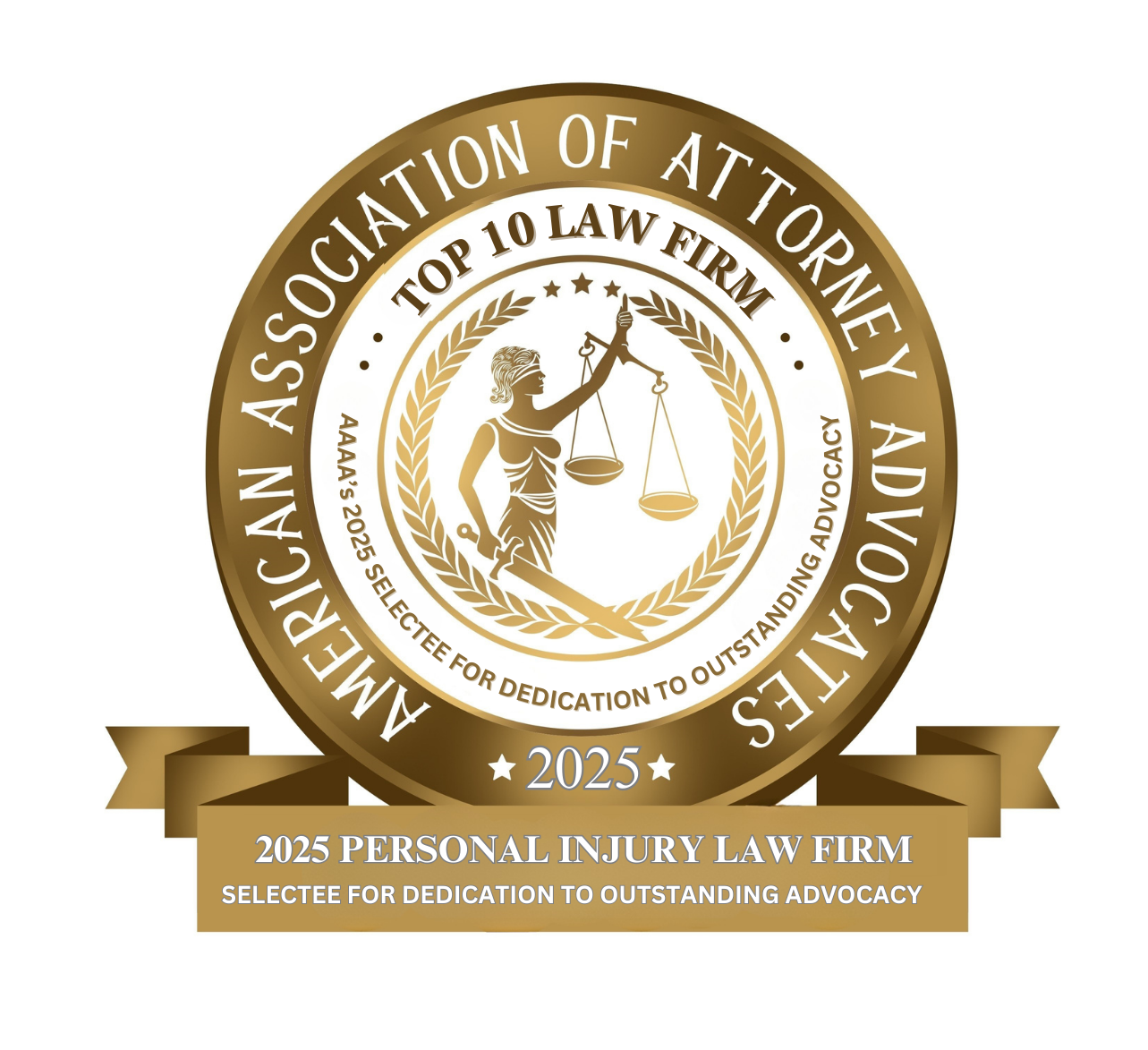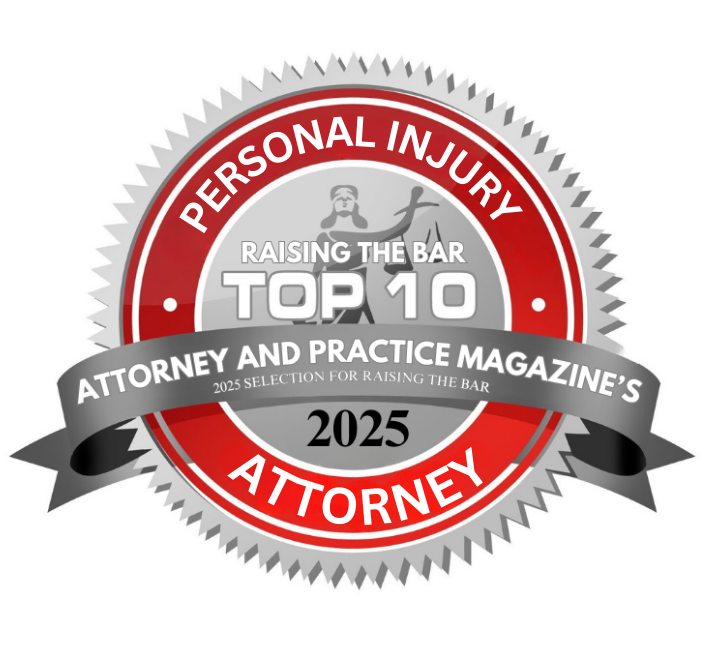- Free Consultation: (630) 527-4177 Tap Here to Call Us
What Are The Most Dangerous Motorcycles To Ride?

Motorcycles offer freedom, adrenaline, and unmatched road presence, but they also carry inherent risks. While all motorcycles demand skill and caution, certain types and models have been shown to be more dangerous than others. Whether due to speed, design, or rider behavior, certain motorcycles are involved in more fatal and serious accidents than others on the road.
In this blog, we’ll take a deep dive into the most dangerous types of motorcycles to ride, including key statistics, real-world crash data, and what makes these bikes riskier than others.
Motorcycle Accident Statistics: A Dangerous Reality
Before we break down the specific motorcycles that top the danger list, let’s look at the overall risk that motorcycle riders face compared to other motorists.
According to the National Highway Traffic Safety Administration (NHTSA):
- 5,932 motorcyclists died in crashes in the United States in 2021, the highest number since at least 1975.
- Motorcycle riders are 24 times more likely to die in a crash than occupants of passenger vehicles, per vehicle miles traveled.
- Motorcycles account for 14% of all traffic fatalities, despite making up just 3% of registered vehicles.
The risk is real. But some motorcycles magnify that risk based on design, performance, and the riding behaviors they encourage.
Illinois Motorcycle Crash Statistics
In Illinois specifically, motorcycles are involved in a disproportionate number of serious crashes.
According to the Illinois Department of Transportation (IDOT) 2022 Crash Facts:
- Motorcyclists made up 12.4% of all traffic fatalities in Illinois.
- There were 3,276 motorcycle crashes in Illinois in 2022.
- 152 motorcyclists died, and over 2,000 were injured.
These figures highlight just how dangerous motorcycle riding can be, especially on high-performance or customized bikes.
Types of Motorcycles Most Often Involved in Fatal Crashes
Certain classes of motorcycles consistently rank highest for fatal motorcycle accidents, including:
1. Supersport Motorcycles
Supersport bikes are designed for racing and modified for the street. With lightweight frames and powerful engines (often exceeding 600cc), these motorcycles can reach speeds over 160 mph.
Why They’re Dangerous:
- Extremely high horsepower-to-weight ratios
- Encouragement of aggressive riding and speeding
- Often ridden by younger, less experienced riders
Statistics:
A study by the Insurance Institute for Highway Safety (IIHS) found that supersport motorcycles have a fatality rate nearly four times higher than that of other motorcycles.
Notable Models:
- Yamaha YZF-R6
- Suzuki GSX-R600
- Honda CBR600RR
- Kawasaki Ninja ZX-6R
2. Sport Motorcycles
Sport bikes share many of the supersport design features but typically have slightly less power and more forgiving handling.
Why They’re Dangerous:
- Still extremely fast and agile
- Often modified for even more speed
- Risky lane-splitting and weaving common among users
Statistics:
Sport bikes have a fatality rate of 10.7 per 10,000 registered vehicles, according to IIHS data, significantly higher than cruisers or touring bikes.
Notable Models:
- Kawasaki Ninja 650
- Yamaha R7
- Suzuki GSX-750
3. Cruiser Motorcycles (Modified/Customized)
Cruisers like Harley-Davidson and Indian bikes are built for style and comfort, but when modified for speed or stripped of safety features, they become much more dangerous.
Why They’re Dangerous:
- Many are customized without safety considerations
- Low seating positions reduce visibility
- Often lack anti-lock braking systems (ABS)
Statistics:
While stock cruisers have moderate fatality rates, heavily modified versions see increased crash risk, especially when combined with alcohol use, a known factor in many cruiser-related accidents.
4. Three-Wheeled Motorcycles (Trikes)
Although they may seem safer due to their stability, trikes can be misleadingly dangerous.
Why They’re Dangerous:
- Wider turns and rollover risk
- False sense of security
- More difficult to maneuver in emergency situations
Statistics:
While trikes have fewer crashes per mile traveled, injuries sustained tend to be more severe, especially in tip-over or off-road scenarios.
5. Adventure and Dual-Sport Motorcycles
These versatile bikes are built for both off-road and street use, but that flexibility can also lead to more accidents.
Why They’re Dangerous:
- Off-road riding poses risks not found on paved roads
- Riders often underestimate terrain challenges
- Risk of high-speed crashes on pavement and falls off-road
Notable Models:
- BMW GS Adventure Series
- KTM Adventure Bikes
- Honda CRF450L
The Fastest and Most Fatal Motorcycles
In addition to general categories, individual motorcycle models have been identified in studies and insurance claims as being associated with high rates of serious accidents.
Here are a few examples:
| Motorcycle | Top Speed | Known Risks |
| Yamaha YZF-R1 | ~186 mph | Extremely high power; popular with thrill-seekers |
| Suzuki Hayabusa | ~194 mph | Among the fastest production bikes ever made |
| Ducati Panigale V4 | ~200 mph | Expensive, high-performance machine for advanced riders |
| Kawasaki Ninja H2 | ~209 mph | Supercharged engine; one of the most dangerous bikes available |
These motorcycles are marvels of engineering, but without expert handling, they can be deadly.
Contributing Factors to Motorcycle Crash Risk

It’s not just about the type of bike, there are several contributing factors that elevate the risk of fatal or serious injury crashes.
1. Speed
Speed is a leading factor in motorcycle deaths. High-speed crashes almost always lead to severe or fatal outcomes, especially without protective gear.
2. Lack of Safety Features
Some motorcycles do not come with modern safety features such as ABS, traction control, or cornering assistance, all of which significantly reduce crash risk.
3. Rider Inexperience
A 2021 study by the National Transportation Safety Board (NTSB) found that more than 25% of fatal motorcycle crashes involve riders without proper licensing.
4. Helmet Use
Motorcycle helmets reduce the risk of head injury by 69% and the risk of death by 37%, according to the Centers for Disease Control and Prevention.
Yet, in states without universal helmet laws, like Illinois, many riders on high-powered motorcycles still ride unprotected.
Tips to Reduce the Risk
Even if you choose to ride a powerful or dangerous motorcycle, there are steps you can take to reduce your risk:
- Always wear a DOT-approved helmet
- Take a certified rider safety course
- Avoid speeding or stunts
- Wear protective gear (gloves, jackets, pants, boots)
- Use a bike with ABS and other modern safety features
- Never ride under the influence of drugs or alcohol
Responsible riding can help offset some of the risk, but choosing the right type of motorcycle in the first place is key.
Contact the Award-Winning Illinois Motorcycle Accident Lawyers at John J. Malm & Associates
While every motorcycle carries some degree of risk, certain models and types are statistically more dangerous than others. Supersport and sport motorcycles, in particular, are consistently linked with higher fatality rates due to their speed and popularity with younger, inexperienced riders. High-performance models like the Yamaha YZF-R1 or the Suzuki Hayabusa are thrilling but unforgiving.
If you or a loved one has been injured in a motorcycle accident, whether due to another driver’s negligence or a defective bike, legal help is available. At John J. Malm & Associates, we understand the unique challenges that motorcycle accident victims face. We fight for the compensation our clients deserve so they can focus on recovery.
Don’t wait. Contact our Illinois motorcycle accident attorneys today for a free consultation.















